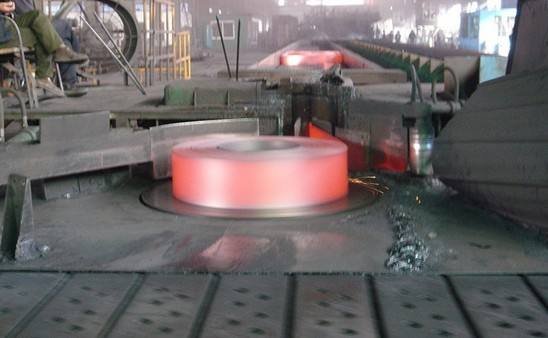The extrusion die structure uses H13 (HRC 48-52) as bases and cobalt alloy as a die core.
- Material preparation
- Matrix processing
The base of the H13 extrusion die is rough-processed and heat-treated, and then the cavity that needs to be hot-packed is finished. When processing the base cavity, ensure that the verticality between the sidewall and the bottom surface of the cavity is less than 0.015, the cavity entrance and exit chamfers C1/R1, and the bottom surface should be cleaned; the surface roughness of the hot-loading surface should not be too high, it is recommended Just use Ra1.6.
Mold core processing
- According to the measured size of the base cavity, the size of the part that needs to be hot-fitted for processing the cobalt alloy core
- The interference of the mating surface of the core and the substrate for hot-fitting is between 0.25% and 0.3%
- When the Cobalt Alloy core is processed, ensure that the bottom surface of the cobalt alloy mold core is matched with the verticality of the sidewall 0.015
- The Cobalt alloy mold core’s lower end should be chamfered, chamfering C0.5-C1.
- The surface roughness of the hot-loading surface should not be too high, it is recommended Just use Ra1.6
Notice
- it is recommended to finish the inner hole (groove) as a whole after the cobalt alloy die core is hot-assembled to avoid the deformation of the inner hole (groove) caused by the hot-fitting after finishing, which is beneficial to ensure the inner hole and the outer diameter of the extrusion die and the matching bottom surface The verticality.
- If the core is hot-assembled after finishing, it is necessary to ensure that the verticality between the inner hole of the core and the bottom surface is less than 0.015.
Hot loading
- The substrate heating temperature
- For extrusion die H13 matrix, the recommended heating temperature is 520-550℃
- Matrix insulation time
- Take the H13 substrate out of the furnace and place it on the refractory brick (the best lightweight refractory brick) to avoid placing it on the metal, which will cause the temperature to drop too quickly
- The hot-loading must be fast, the substrate is placed horizontally, and the mold core is placed vertically to avoid the situation that the hot-loading cannot be caused or the hot-loading is not in place after the temperature drops
For more details, please contact with us.


